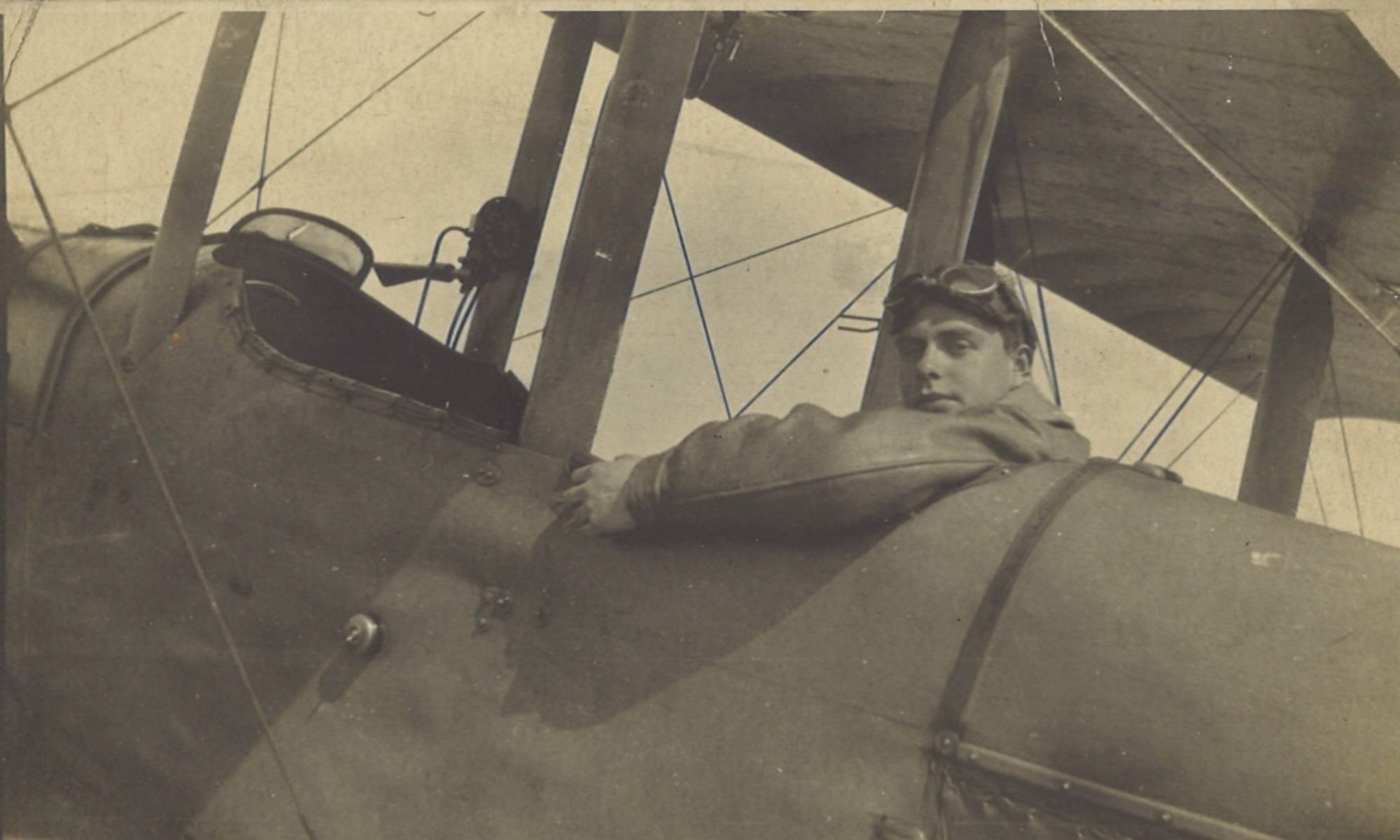Today was the day that Greg was “placed on [the] unemployed list”. Demobbed from the Royal Air Force, he was free to go home.


The newly demobilised Greg would no doubt have travelled by train back to Holyhead on a travel warrant. There, an enthusiastic welcome from his family would have been waiting.

Greg would soon return to life as an undergraduate student. He had had a wait of around eleven weeks since Armistice Day, which he probably found tedious. But apart from that modest inconvenience, his repatriation, demobilisation and reintegration into civilian life were not apparently problematical. But that wasn’t the case for everyone. Michael Seymour reflects here on the issues arising from this huge logistical exercise:
42 Squadron RAF
And what of Greg’s squadron? Was that too demobbed and placed on the unemployed list? As it turned out, the squadron was disbanded a few months later, on 26 June 1919. Disbandment was at Netheravon in Wiltshire, just 15 miles from Yatesbury, where Greg began his flying training on 14 March 1918.

42 Squadron had later incarnations before, during and after the Second World War. Its aircraft were, in turn: Vickers Vildebeests, Bristol Beauforts, Blenheims, Hurricanes, Thunderbolts and Bristol Beaufighters. Its final role was in marine reconnaissance. For this task, it flew first Avro Shackletons and then Nimrod MR.2s. Its last mission was in 2010. The squadron therefore began and ended with reconnaissance roles. It was formally disbanded on 26 May 2011. See https://en.m.wikipedia.org/wiki/No._42_Squadron_RAF.
The Perseus Connection
42 Squadron’s association with the Vickers Vildebeest – its third aircraft after the BE2s and RE8s of the First World War – lives on. When Royal Air Force heraldry was rationalised in the 1930s, the badge that was awarded to 42 Squadron was blazoned:
In front of a Terrestrial Globe Azure/Argent the figure of Perseus Or.
The reference to Perseus served two functions. First, Perseus was of course the famous slayer of the Gorgon – an allusion that any fighting unit would wish to have. So Perseus embodied the squadron’s motto fortiter in re [1] (resolute in deed). And, yes, the similarity of sound between fortiter and forty two is quite deliberate. This ‘canting’ motto is an example of what passes for a joke in heraldry.
Secondly, and more specifically pertinent for the squadron, the Vickers Vildebeest was re-engined with the Bristol Perseus engine, which the squadron was the first to use.
And the globe behind Perseus is a reference to the international deployment of the squadron.
[1] The motto comes from the writings of Claudio Acquaviva (1543-1615), the fifth Superior General of the Jesuits. He advocating being fortiter in re, suaviter in modo (resolute in deed, but gentle in manner).
You are here: You are here: Home » The Greg’s War Blog »



I will miss the blog and the minutiae of an aviators life. I will miss the contrasting overviews too – it’s been an interesting comparison.
Well done Andy and Michael. And Greg!
Thank you, Terry! There will be one more post – on 1 February, which in 1919 was Greg’s 20th birthday.